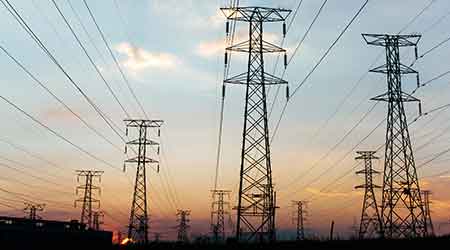.jpg)
Alpine Branch Library, San Diego
Brummitt Energy Associates / stok
Book Smart: A Look at Net Zero Energy Libraries
December 6, 2019
There’s book smarts and there’s street smarts, and rarely do they exist simultaneously, except in these cases: A growing crop of library facilities, realizing a responsibility to their communities to use fewer resources, reduce greenhouse gas emissions, and preserve the environment, are achieving net zero energy certifications. Here’s a look at a few notable examples.
The first example was way back in 2012 when the Sacred Heart Schools Stevens Library in Atherton, Calif., became the first certified net zero energy library. The LEED Platinum building, which was built for 20 percent less cost than standard construction, according to its designer WRNS Studio, combines a solar system, solar tubes, high-efficiency lighting, and sophisticated controls to meet its net-zero energy goals.
In early 2018, the 13,500-square-foot Alpine Branch Library in San Diego became the first to achieve Zero Energy Certification from the Living Building Challenge. The LEED Gold building produces about 110,000 kwh per year from a solar panel array, according to the energy consultant on the project, Brummitt Energy Associates. The building also has a sophisticated lighting control systems that, combined with its daylighting strategies and LED lighting fixtures, optimizes lighting to maintain consistent light levels but use as little energy as possible. You can read the building’s case study from the Living Future Institute here.
And last but not least, the Varennes Library in Montreal, Quebec is on track to become the first institutional net zero energy building in Canada, according to the Concordia Centre for Zero Energy Building Studies. What stands out about this facility is its size: The building is two stories and 24,000 square feet, much larger than most net zero energy buildings completed. The building opened earlier this year, and expects to officially achieve its net zero energy goals in 2021.
This post was submitted by Greg Zimmerman, executive editor, Building Operating Management and FacilitiesNet.com. Read his cover story about Chris Walinski and his mission to make open offices flexible and productive.
Next
Read next on FacilitiesNet








.jpg)



